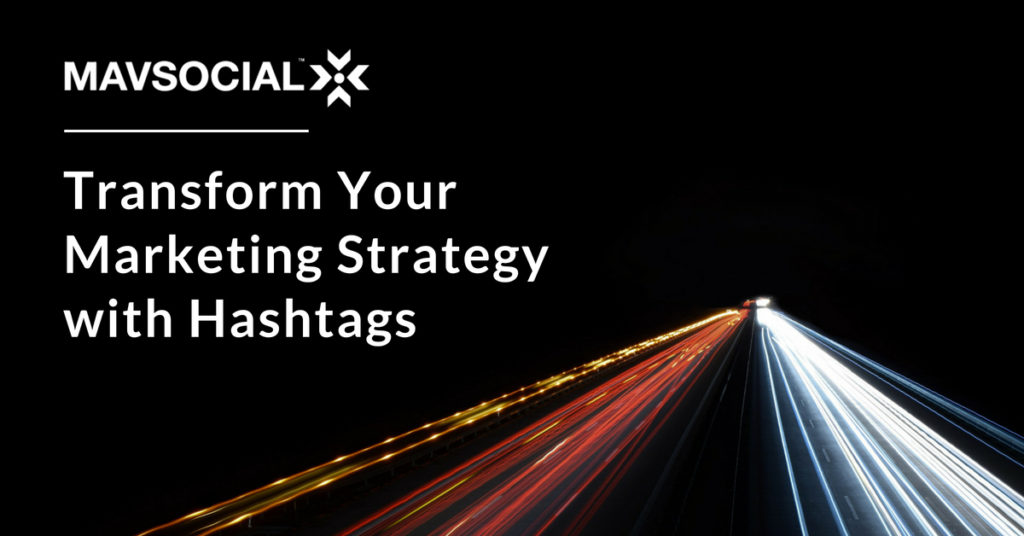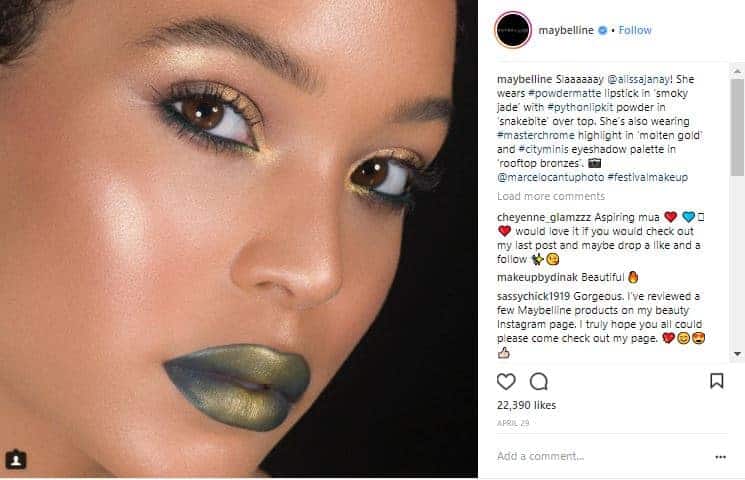Hashtags are one of those things all marketers seem to know they need to use in social media, but perhaps not so many of us are using them to their full effect.
I know this because I have been personally guilty of hashtag ignorance, or laziness, or a bit of both in the past.
All too often I would type up carefully developed content and went to hit post, when I’d remember that I should add a hashtag or two.
At that moment, I reverted to the simplest and quickest use of hashtags by devising a pithy catch-phrase or choosing from the most popular used hashtags list, as suggested by my social media platform of choice.
This is a great start, but it undervalues the potential power and importance of hashtags in an effective social media marketing strategy.
Thankfully I’m now more informed, and reformed, when it comes to hashtags.
I know that with a little extra thought and planning, hashtag choice can significantly improve a brand’s social media engagement.
So here are our top seven tips on how to use hashtags to transform your brand’s marketing strategy.
1. Understand the basics
In its simplest form, hashtags are a way of organizing content that appears on a social media platform.
They are most predominately used on Instagram and Twitter, and allow users to nominate hashtags for individual posts, and include them in their bios.
Brands can choose a pre-existing hashtag, which they wish to be associated with, or create their own hashtag, extending reach to other users interested in the same hashtag.
You can also search for content or bios based on a hashtag, helping you identify accounts and posts relevant to your brand.
Instagram also recently added a feature that allows you to follow specific hashtags, which will add curated content or accounts associated with that hashtag to your feed.
2. Choosing the right number of hashtags
Research highlighted by Social Media Today found that the number of hashtags you use can have a direct impact on organic reach and user engagement.
Social Media firm TrackMaven analyzed more than 65,000 posts across Twitter, Instagram, and Facebook and identified the optimal number of hashtags for each platform.
It found that one hashtag was the ideal number for Twitter, with engagement dropping off after that. Other research cited by Social Media Today suggests that 1-2 hashtags on Twitter is optimal.
TrackMaven identified that nine hashtags may be the magic number for Instagram engagement, with other research saying that up to 11 is okay.
On Facebook, hashtag use isn’t as prolific and there isn’t much consensus on the effectiveness of its use.
When they are used though, research has found that one hashtag is best for engagement, and no more than six should be used.
That all being said, hashtag practices do evolve over time and your success may just as often come down to your content and hashtag choice.
The best approach is to experiment with your hashtags and the number you use, monitor your results and adjust your strategy as you go.
Maybelline used several different types of hashtags that they weaved into their content in this post.
3. Be concise
The same research from TrackMaven also identified the ideal length of hashtags.
Oddly enough it found that hashtags on Twitter are best if they are super short, at characters, or much longer with 18 characters.
It was assumed that due to character limits, that a lot of Twitter hashtags are shortened to fit, and it’s common practice to use a variety of long and short hashtags in a single post.
On Instagram, you can afford to go a little longer with between 21 and 24 characters performing best.
Generally speaking though, it’s a good strategy to keep your hashtags shorter, as long as they make sense.
For example, you may want to abbreviate a hashtag like #socialmediastrategy to #sms.
This hashtag may not be terribly helpful to you if other users don’t understand its meaning, or use it the same way.
You may find that the particular hashtag you chose may, in fact, have a wider meaning with other audiences you don’t necessarily want to target.
For this reason, it’s important to search for other posts and accounts associated with a hashtag you’d like to use, to check whether it’s a spammy or inappropriate hashtag for your brand.
4. Be specific
Further to the above, It’s also important to choose hashtags that are specifically related to your brand.
While your first instinct may be to choose a generic hashtag which has thousands of results more than other ones, you would be better served by being more specific.
For example #vacation may seem like a great choice for a travel related business, but it would mean a lot more competition for visibility and may not help you reach your target audience.
Your hashtags should resonate with your ideal customers and brands.
Better hashtag choices for the above example may include #vacationspotsforkids #caribbeanvacation.
It will, of course, depend on your audience, and products and services.
Starbucks does a great job with its hashtags dedicated to a coffee and a day of the week.
Here’s a post for #MacchiatoMonday.
5. Use trending hashtags
If there is a trending hashtag that is doing the rounds, then you may consider looking for ways to incorporate it into your content.
When this is done well it can significantly expand your reach and increase brand awareness.
A word of warning though. You need to be careful that you don’t just look like you’re jumping on the bandwagon.
The trending hashtag still needs to make sense for your brand and not appear out of place in how you use it.
This is especially the case with hashtags associated with sensitive or controversial topics.
You may be alerted to trending hashtags and topics when you open your social media account, or you can use hashtag monitoring sites like Top-Hashtags, Trendsmap or Hashtagify.
6. The best hashtags for brands
Social Media Examiner recommends that businesses use several different types of hashtags including the following.
- Your Own Branded Hashtags – Some of the most successful social media campaigns use hashtags created specifically for a brand. The hashtag may highlight a product or service, a branding message or a phrase you wish to associate with your brand. They can even be used to inspire user-generated content.
- Event Hashtags – If you’re hosting, or are part of any form of event, create and promote a hashtag that enables attendees to interact with your brand and other guests. This can be highly effective when used in conjunction with the location-tagging feature on Instagram and Twitter.
The Body Shop successfully used the hashtag #WorldEarthDay to associate its brand with an event.
Location-related hashtags, that specifically name the location or use the location in conjunction with something else, eg. #SummerInLondon can also help you reach audiences interested in a particular area.
Similarly, holiday hashtags provide a great opportunity to flag certain content with a wider audience.
7. Check your spelling
As a final tip, though it may seem obvious, you should always double check the spelling of your hashtags.
There’s nothing worse than ruining a great post and hashtag, with a simple typo.
Put Your Hashtag Strategy Into Action
Now you have some simple hashtag strategies to take your social media marketing to the next level, why not start putting it into action?
Use MavSocial’s hashtag grouping tool when you post to Instagram to easily save and reuse the best hashtags for your brand!



